7 Must-Know Tips | Travel First Aid Guide
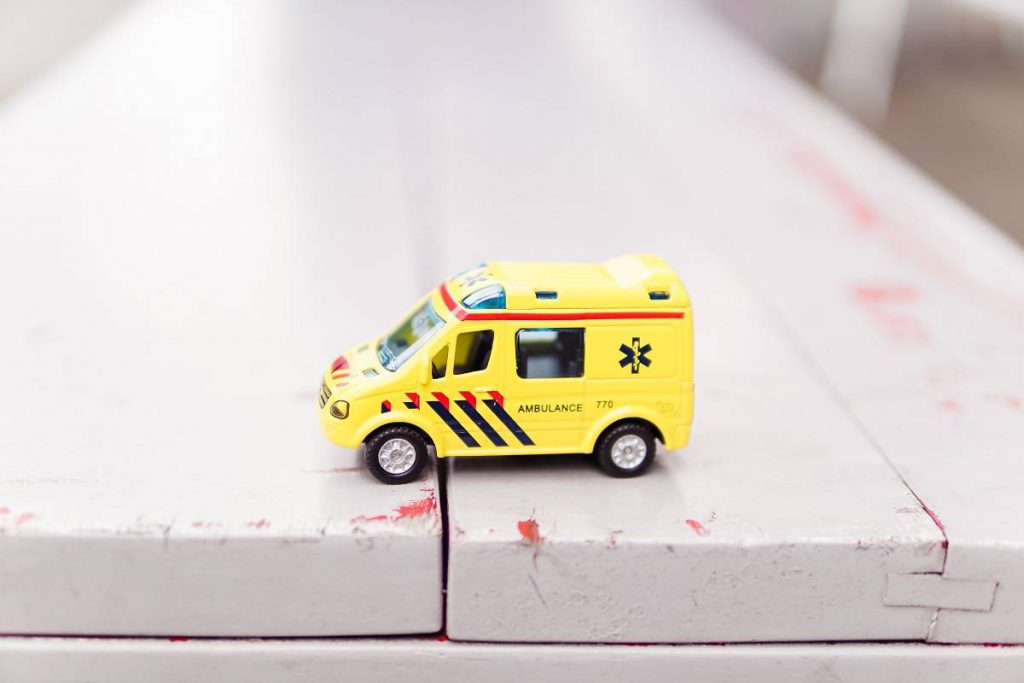
We pack, but we forget. Yes, you may have that elegant and complete first aid kit for your next journey, but when the injury comes, you might not know how to use them. This is why you should read this Travel First Aid Guide.
It is also uncertain when to settle for first aid treatment and when to start evacuating or calling for medical help.
If you are traveling to the breathtaking Baths of Budapest, splendid Santorini, or amazing Abu Dhabi, we’ve got your backs. Here is a comprehensive travel first aid guide to prepare, cure, and assess whenever you face common travel injuries and illnesses.
Travel First Aid Tips
Travel safety isn’t only about planning your trip, it’s also how to prevent an accident while on a trip, check the below tips and make sure to use this guide and take notes when planing:
1. Scrapes and Cuts
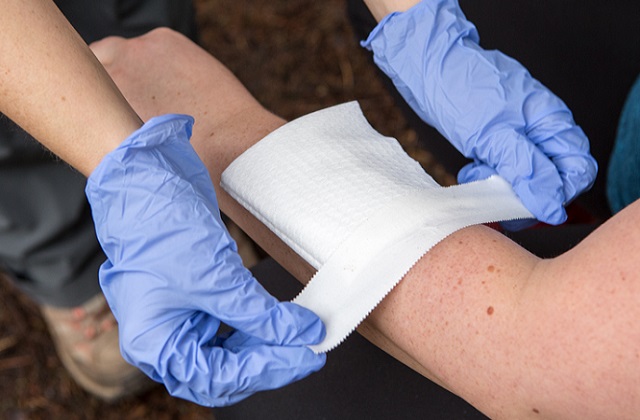
When climbing steep mountains or walking through forest locations, you might get cuts or scrapes. When you prepare for them, you should include bandages, antibiotic drops, and gauze in your baggage. Avoiding cuts involve staying away from firewood, skipping food preparation, and packing pointed items in your bag with much attention. If you got a cut, wash with sharply pointed water (like filling a plastic bag and cutting edge to squeeze the water towards the reduction). Suppose, the wound is bleeding, clean it out and put gauze to absorb the bleed — secure gauze with a firmly packed bandage.
2. Allergy
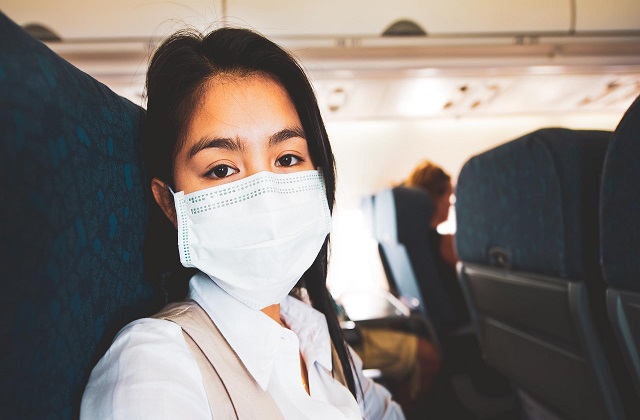
The most commonly reported allergic reactions are those caused by genetics. People have pre-existing allergies or sometimes bump off with a poisonous plant.
To alleviate and prevent such danger, you must bring enough medical itch relievers or antihistamine for the itchy sensation. You may also opt to bring a cleanser to wash off oils and dirt.
To prevent gaining allergies from poisonous plants, you must wear long sleeves and pants as you walk around bushes and shrubs.
Avoid sticking up with your clothes after travel and change immediately because poison allergens remain active even after hours of walking. To treat them, wash as soon as possible and avoid scratching because it can spread. Leave the journey once you feel a swelling heat in your rashes or when you can not endure the pain.
3. Flu Caused by Viruses
When preparing for the expected flu, it is crucial to bring cough drops, acetaminophen, or thermometer. To prevent getting viruses, You are suggested to wash hands frequently. When you have a cough, cover your mouth when sneezing as it prevents the spread.
For treatment, use the allotted dosage like what you do at home. Maximize resting time and maintain hydration. If you have a fever above 102 degrees F for more than 48 hours, a sore throat or headaches, you may opt to leave the trail.
4. Toothache
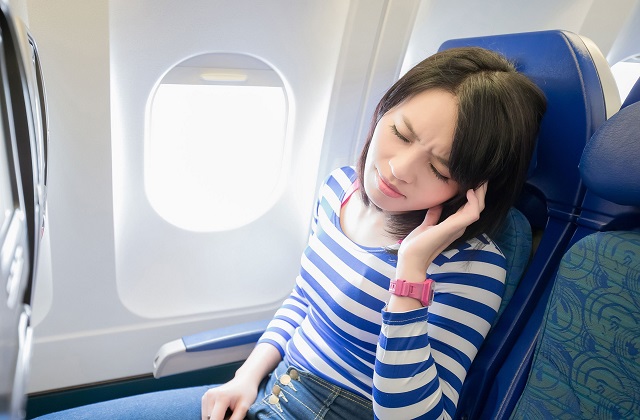
Uncareful crewing and face falls cause our teeth to usually have bacterial infections. One first aid item you should put in your bag is dental wax. When eating, check if food has sharp parts to avoid scratching your gums and mouth walls.
If you bit your mouth due to a fall, treat it with gauze to stop bleeding. Flush blood with water as you leave it clean. Assess signs of infections such as gums swelling and get out immediately if needed.
Flush blood with water as you leave it clean. Assess signs of infections such as gums swelling and get out immediately if needed.
5. Burns
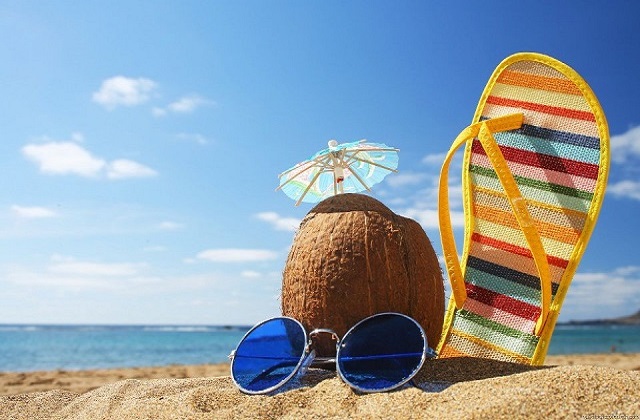
Usually, when preparing your first aid kit, you put bandages, gauze, and antibiotic ointments. Aside from wounds, these can also help treat burns. This type of injury usually happens when cooking or going near a campfire. To prevent getting burns, be extra careful when lighting up wood for a campfire, and organize food ingredients when preparing meals to avoid accidentally touching the heated pan.
As you treat burns, let cold water flow into the burned part for 10 minutes and apply antibiotics, ointments and finally wrap with gauze and bandage. If you got a severe burn or a severe infection, contact medical help directly and evacuate. It is painful to touch the burned area and even painful when you move.
6. Always Bring Water with You
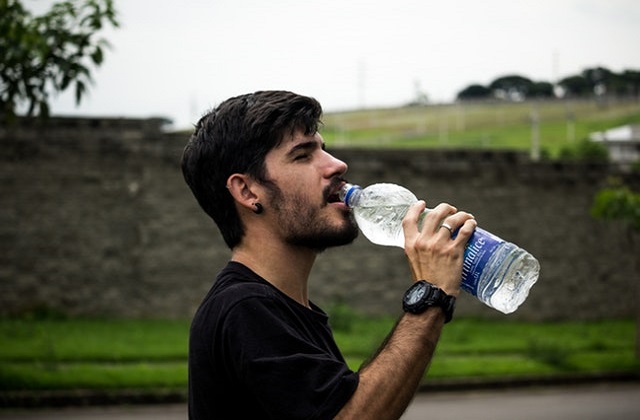
Make sure to always have clean water handy. This is not just to hydrate yourself but also to clean up your body. It is also to clean up your eyes in case any foreign object goes into your eyes. Water is your holy grail when traveling, this is especially so when you are traveling with kids. Always bring spare your spare eyewear and eyecare with you when traveling.
7. Fractured or Dislocated Bones
Even though they were extra careful, there are times when accidents are inevitable. We commonly see forms of fracture in the wrist, ankle, or leg after a massive fall. Symptoms are similar to sprains and strains, but the internal effects are entirely different. In dislocations, you’ll feel pain and a limited sense of motion. This injury usually happens in your shoulder. Common causes of this injury are pushing a post or a tree as well as using arms as levers as you paddle.
When preparing your first aid kit, bring elastic bandages and immobilizing tools.
Avoid poles or sticks when trekking, be wary of the possible irregularities of the bone when you stretch out your arms in motion. To mitigate this, you can try the following steps (for legs):
- Put a non-inflated sleeping pad or foam beneath the leg. Add clothes under the pin that serves as a pad and place a rolled clothing underneath the knee to immobilize the limb.
- Using strips of cloth (like a handkerchief), tie the padding around the leg.
- When there is an extra length on the string-like fabric for tying, wrap it around the ankle like a boot to immobilize parts below the leg. One thing to note is to try making the inclination of the ankle close to 90 degrees or right angle to minimize the movements of the feet. Loosen up ties if they hinder the blood circulation.
When facing breaks or any dislocations, evacuate immediately. It would be better if the victim can walk. However, if he/she can’t, other people must carry him/her. Call emergency if the bone tore through the skin or if there is no pulse and sensation in the injured part. Trying to push back the dislocated part would not solve it, always ask for professional assistance when dealing with severe cases like this.
About this Travel First Aid Guide
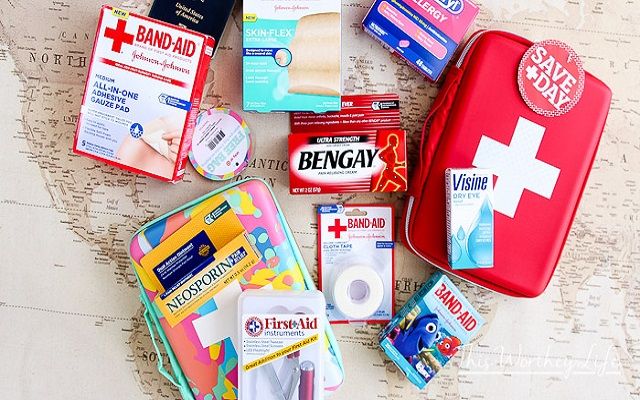
Although you would want to prioritize picture-perfect sceneries and breathtaking sites, bear in mind precautionary measures to prevent injuries.
Prevention is better than cure. Indeed there are instances that accidents happen. It is essential to have not just the first aid kit but also the proper knowledge of using them. What’s the point of bringing a shield when you don’t use it in battles?
By reading this Travel First Aid Guide you fully equipped yourself as you leap towards your next travel destination.
